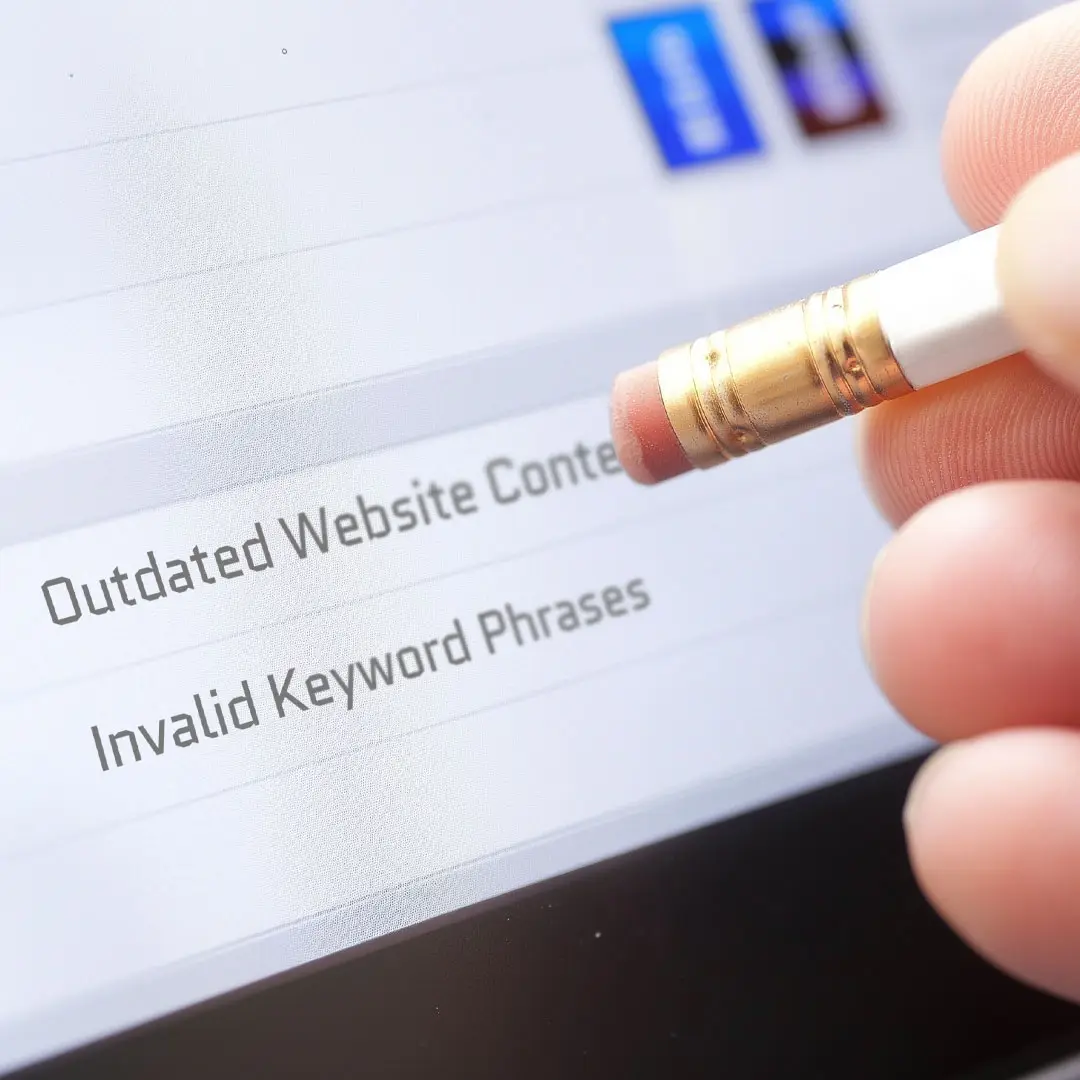A Miami broker refreshed zero pages this quarter, yet leads fell 28 percent. Same budget, fewer calls. Then she cleaned house, and the phone woke up.
If Google’s AI Overviews are your new home page, your content is your curb appeal. You, the agent who sells seven-figure views, now compete inside a summary box. Keep it consistent, structured, and machine readable, or watch visibility rise while clicks disappear. Recent tests show pages with strong schema are more likely to appear in AI Overviews, while weaker markup gets sidelined, and publishers are responding with new licensing and lawsuits to claw back traffic. Search Engine Land’s latest experiment and Business Insider’s reporting on Cloudflare’s new content license capture the shift.
AI Overview, at a glance.
What shows up now
• Facts that match the visible page and your JSON-LD, entity clarity, and sources that AI trusts are favored. See the head-to-head schema test. Search Engine Land
How to get cited
• Make the page unambiguous about who you are, what you do, where you operate, and why you are credible, then validate your schema. Visibility does not equal clicks, but it drives consideration.
What changes next
• Rights and routing harden as Cloudflare introduces a content signals license and publishers escalate legal pressure, so trustworthy, structured sources get preferential treatment.
Why this does not scale anymore.
Impressions up, clicks down, board angry. That is the pattern when AI summaries expand. New data across 20,000 plus queries shows AI Overview citations deliver visibility comparable to position six blue links, but far fewer clicks. Treat Overviews as reach, not traffic. Optimize for credible inclusion first, then design for the few clicks that still matter. Rethink KPIs before Q4 pipeline reviews, prioritize assisted conversions and branded recall over raw sessions.
What smart teams do differently.
Top performers run a hygiene sprint, not a content sprint. They pick the 50 URLs that actually sell appointments, standardize titles, tighten duplication, and fix schema so every critical fact matches on-page copy. In a recent head-to-head, only the page with clean, comprehensive markup made it into an Overview and held the best organic rank. Quality wins when budgets tighten, not volume.
The Clean Stack Framework.
- Keep, the pages that convert and earn inquiries.
- Merge, cannibalizing posts into authoritative pillars with one canonical.
- Delete, thin or outdated pieces that confuse machines.
- Mark, every survivor with accurate, visible-matching schema.
- Measure, Overview presence, brand mentions, and assisted conversions, not just rank.
Field data this week links schema quality to Overview inclusion, so markup is now your front door, not a footnote. Start with your top neighborhoods and service pages.
Your Miami reality check.
Seasoned Veterans care about prestige and ROI, not page counts. They sell waterfront trophies across Coral Gables and the Grove, runs a serious CRM, and wants dashboards tied to leads, not traffic. Next-gen’rs are into Brickell, video native, heavy on WhatsApp, and are looking for credibility with UHNW buyers. Both hate wasted spend and duplicate listings that muddle the story in search. Build for them, not for an algorithm blog post.
Zoom out insight, the market shift.
Two forces converge. First, AI summaries compress attention at the top of the SERP, lowering clicks even as impressions rise. Second, rights and routing are hardening, from Cloudflare’s content signals license to the first major publisher lawsuit over Overviews. Net result, crisp, verifiable entities and clean markup become a distribution advantage. Be the source AI can cite and keep.
Competitive context, the leaders’ playbook.
Publishers are not waiting. Penske Media sued Google over AI Overviews, citing lost traffic and revenue, while Yahoo’s CEO warned the current AI model threatens publisher survival if traffic is not returned. Expect platforms to favor licensed or clearly permissioned content and sources with tight entity hygiene. Teams that already look “citation ready” will benefit first, which means your profiles, testimonials, and local guides must be consistent and structured now.
What to fix this week.
Start with entity clarity. Your pages must unambiguously define you as the agent of record, the brokerage, the service area, and the property types you represent. Use JSON-LD that mirrors on-page facts, then validate. Recent guidance and experiments align on one point, schema must match visible content or it gets discounted. Prioritize service pages like Waterfront Listing Agent Coral Gables and Brickell Pre-construction Buyer Representation. Track People Also Ask and AI visibility to capture off-site consideration.
Mini A/B test you can run tomorrow.
Pick two high-intent service pages.
- On version A, tighten headings, add a three-question FAQ, and align schema to match visible answers.
- On version B, clean copy but leave schema unchanged. Submit both in your sitemap.
- Track Overview mentions and assisted conversions for 14 days.
Independent testers observed the structured page winning on Overview presence and rank stability. Search Engine Land
Future pacing for Miami.
Picture a searcher who types best waterfront listing agent Coral Gables. An AI Overview appears, cites three sources, and names one agent for negotiation savvy near Tahiti Beach. If your content is tidy, your bio structured, your reviews consistently marked, you earn the mention or the click. If not, your buyer texts Diego instead. That is the game now.
We help luxury teams run these hygiene sprints, then build the measurement layer your board respects. We have seen how this plays out when it is done right. Want to see what that looks like on your site?





